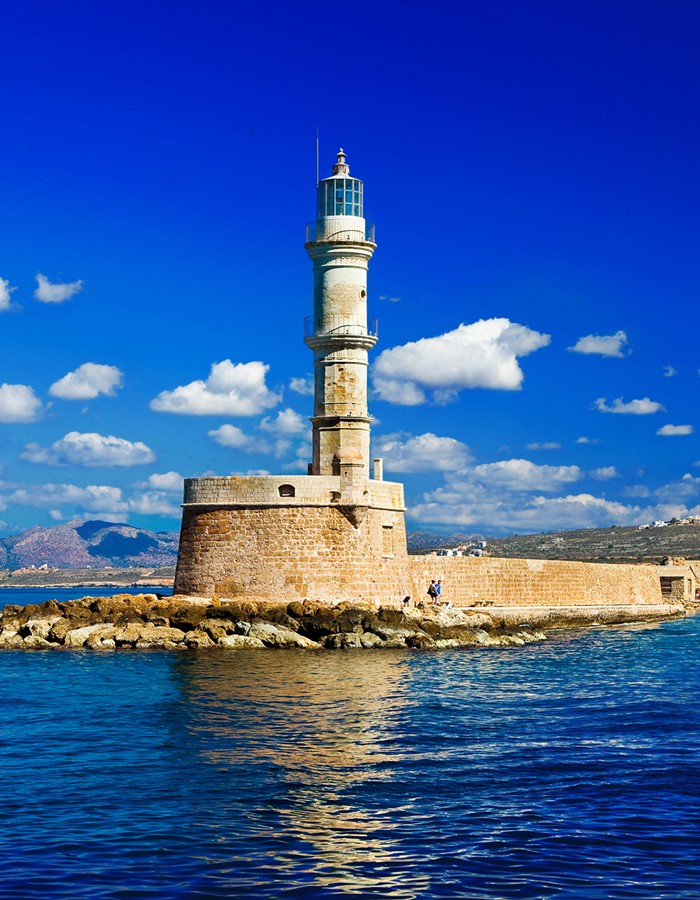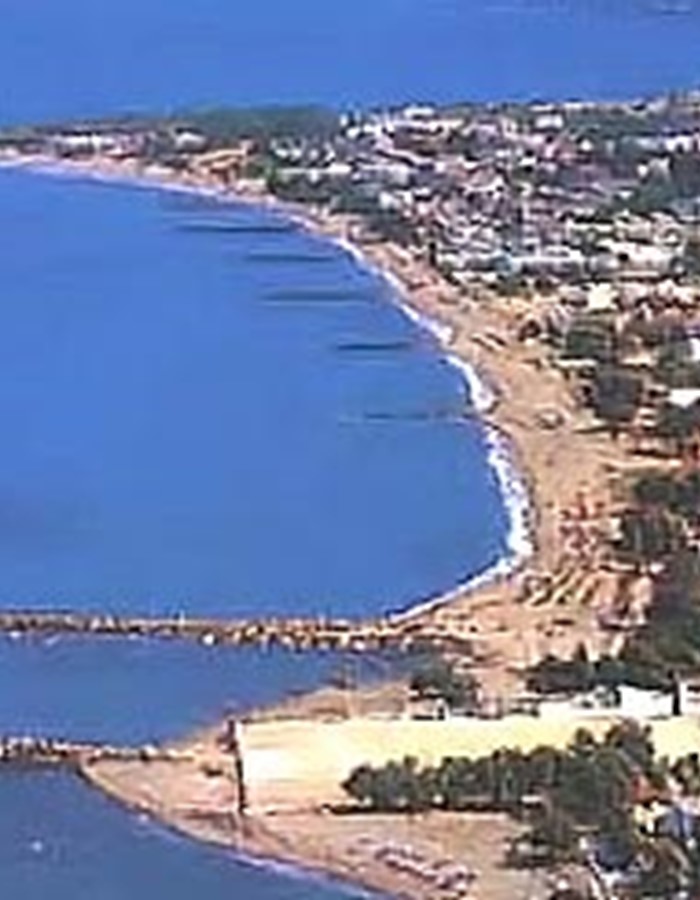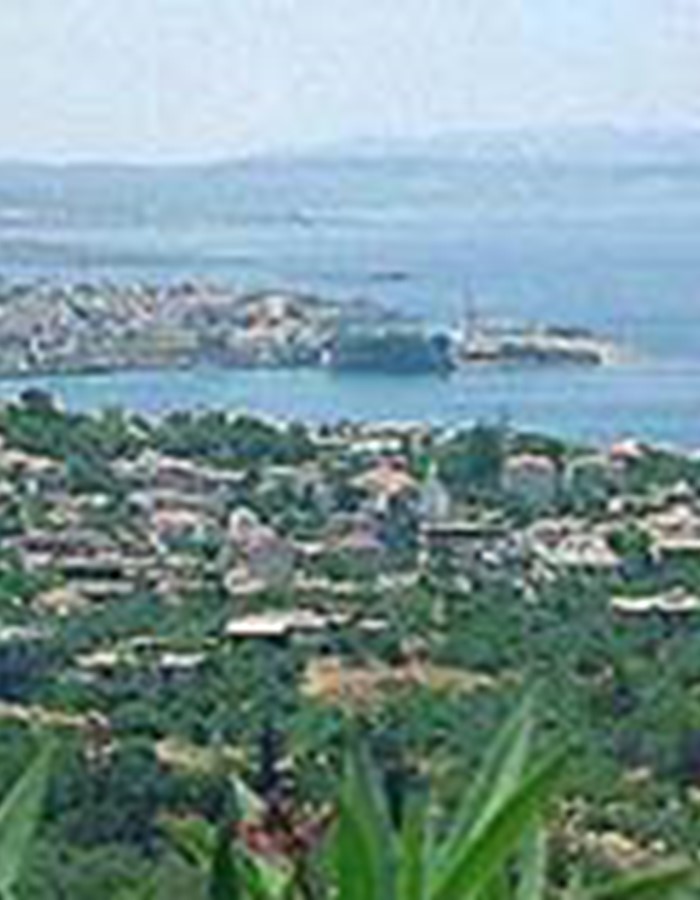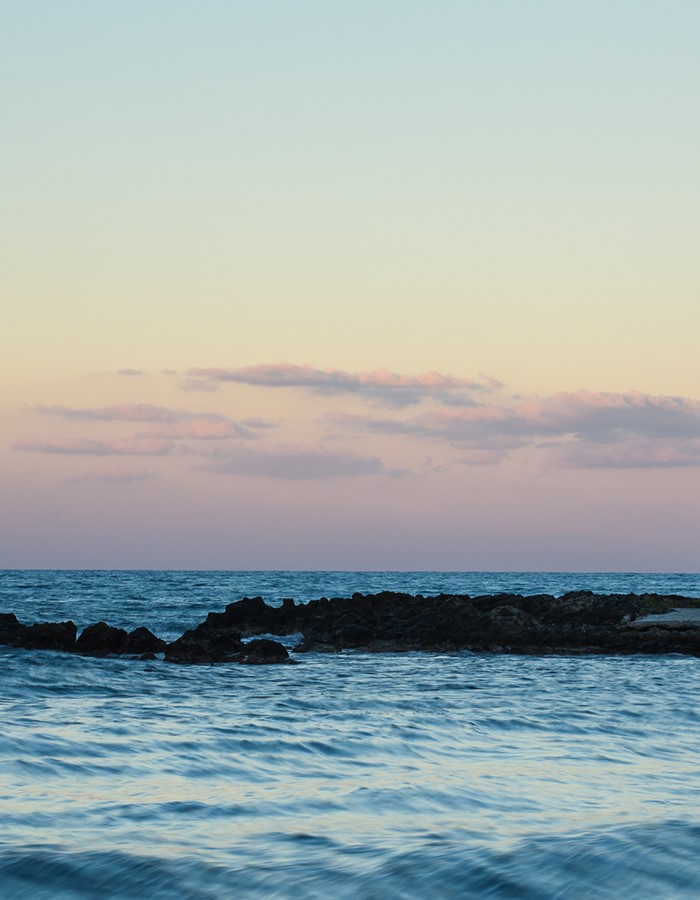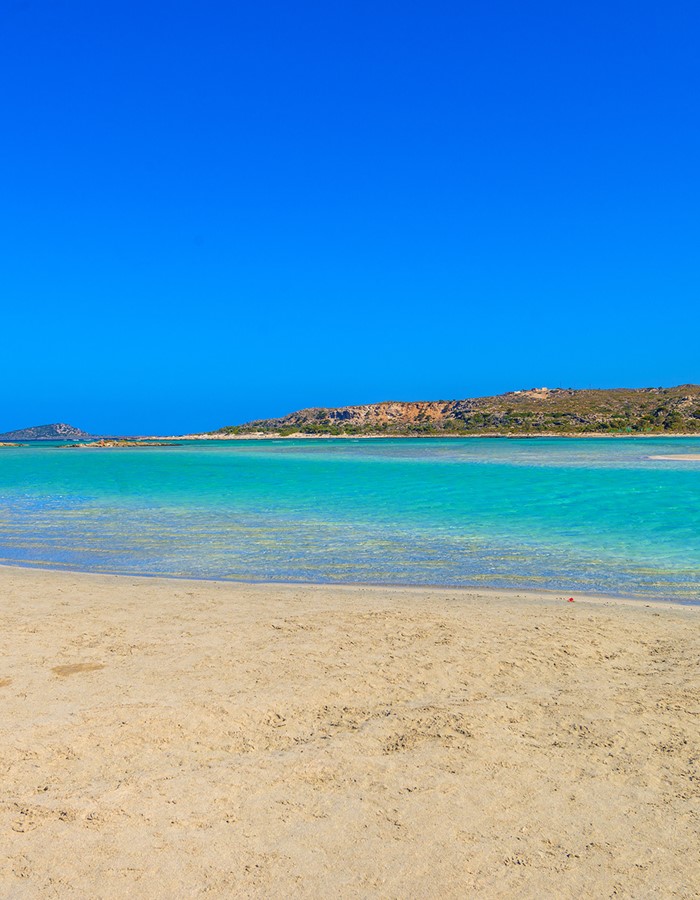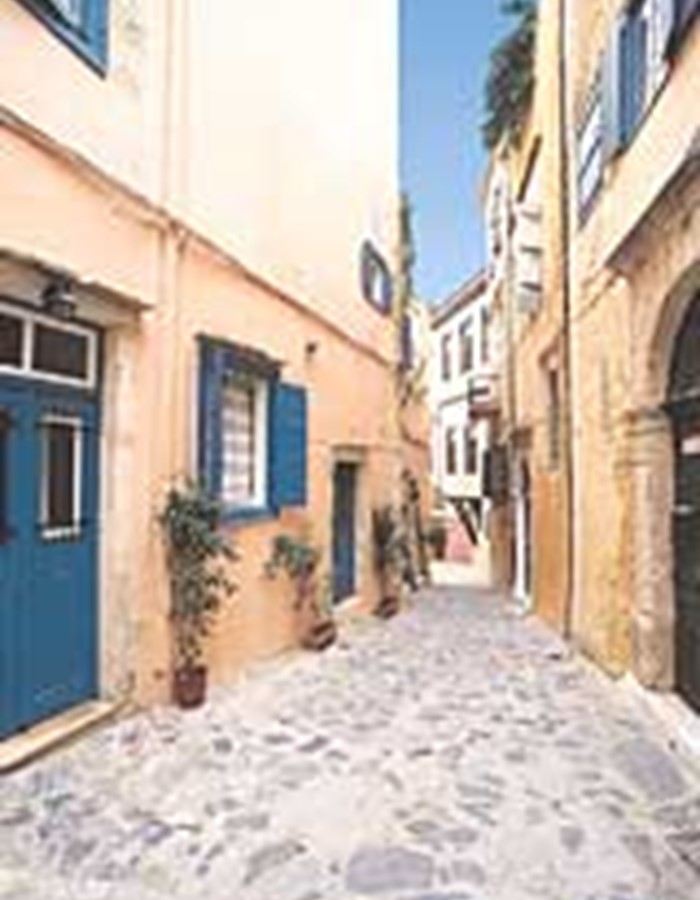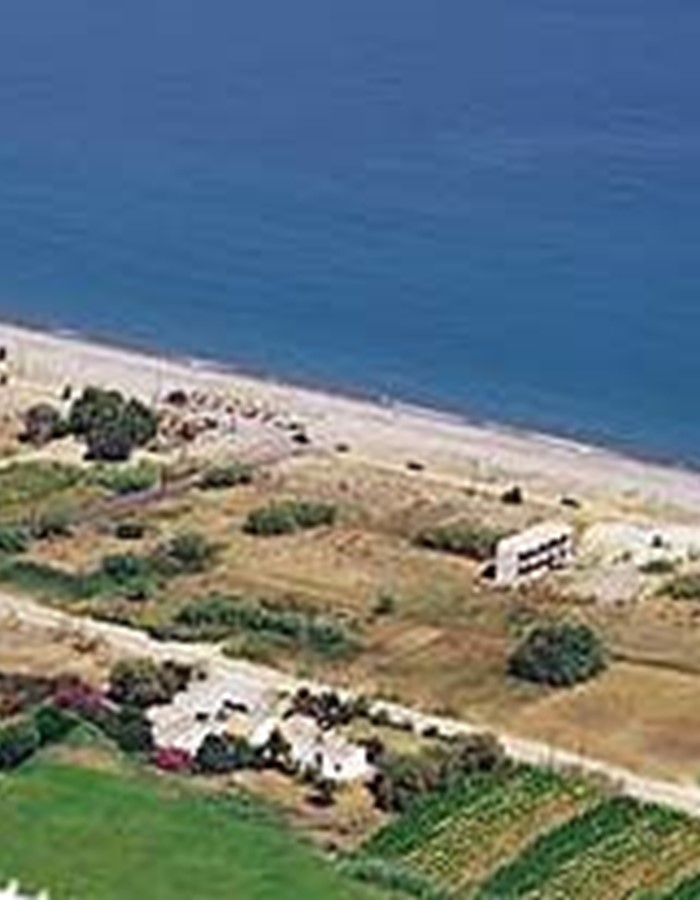The gorge of Samaria
This gorge is the biggest, most imposing and most beautiful one in Chania and in Europe. It is internationally renowned and the one most often visited: more than 300,000 people a year have the pleasure of crossing it. It offers a wonderful landscape with rare geo-morphological formations. It is a unique biotope with particularly rich fauna and flora.
It was proclaimed a National Park ("National Park of the White Mountains") in 1962, the date on which two or three Sfakian families still inhabited the village of Samaria, midway through the gorge, mainly busy with cattle-breeding and woodcutting. he area of the National Park initially covered 48,500 square miles, but today it is extended to 250,000 square miles, to include the most interesting part of the White Mountains Range.
The walking passage to the end of the Park is 12,800 meters, with an additional 3,2km to the coast of Agia Roumeli. If you can maintain a good pace, you can make the crossing in five hours or less. It is strongly advisable, though, to walk at a slower rate, so that it takes you around seven to eight hours, to give yourself time to enjoy its incomparable beauty. It can usually be visited from the beginning of May to the end of October, unless there are bad weather conditions prevailing.
The fauna species of primary interest is the world famous Cretan Chamois (wild goat) Capra Aegagrus Cretica, an extremely beautiful and dashing animal, now protected and having restored a viable for the species population. It is living at large in the Gorge of Samaria and the three gorges parallel to it. Among the well-known flora species, you will see the perennial gigantic Cypress trees, once used in shipbuilding and in the construction of the pillars of the Minoan Palaces in Knossos and elsewhere in Crete. There is a total of 450 species of Cretan Flora in the gorge, of which 70 are endemic, i.e. they only grow in this region.
The gorge has a lot of narrow passes, called "gates," but the narrowest pass, the "Iron Gate," is 3 meters (9 feet) wide and 300 to 700 meters (900 to 2100 feet) high at both sides. Here and there you cross small wooden bridges over the river water flowing along the gorge.
Agia Roumeli
At the south of Chania city, in a distance of 60km is located Agia Roumeli. This is a sunwashed resort with a small number of residents, built next to an excellent beach with crystal clear waters. Its name comes from the church of Agia Roumeli which was built on the older roman temple of Agia Roumilia. Every summer lots of tourists visit Agia Roumeli, since the village is located 3,2km away from the exit of the gorge of Samaria.
The gorge of Imbros in Sfakia
This is a small but wonderful gorge visited each year by approximately 50,000 people, due to being easily accessed and crossed year-round and in all weather conditions, especially appealing when the Gorge of Samaria is not open.
Its crossing starts at the Sfakian mountain village Imbros, situated at an altitude of 780 meters (2340 feet) and at a distance of 55 km from Chania. There are also tavernas with local delicacies in Imbros. The gorge is 8 kilometers long, and it takes 2 hours to cross. It has impressive "gates" or entrances, i.e. narrow vertical rocky passes that, like a tunnel, almost obstruct the view to the sky in the middle of the passage, and the narrowest spot is only 2 meters (6 feet) wide.
The cross gives out to the asphalt road that connects Chora Sfakion westwards (4800 meters, 3 miles) to the reputed fortress and beach of Frangokastello 10km eastwards. There are also tavernas at the exit.
"Lefka Ori" The white mountains
Although mountains run from east to west across the island of Crete, the most rugged and handsome are the Lefka Ori (White Mountains), which lie in the region of Chania. They epitomize the essence of Crete which is virile, proud and fiercely independent, like the Cretans themselves who exploited this brutal terrain to launch their resistance against the Turks. Fifty eight peaks over 2000 m. in altitude are found here. The land is dissected by dramatic gorges that form small, fertile valleys and isolated plains high in the mountains and give rise to some of the most spectacular views that are framed against the Libyan Sea to the south and the Sea of Crete to the north.
Paleochora
Paleochora is located on the south-west tip of Crete and Chania Prefecture (75km from the city of Chania). The village (2000 inhabitants) is nearby the sea and that makes is one of the most pleasant summer resorts of the island. Paleochora offers a variety of accommodations, as well as restaurants serving all kind of cuisine, cafes, bars and clubs for nightlife satying open till dawn.
In older years Paleochora used to be the principal harbour of the region. Nowadays, small boats make day trips to Agia Roumeli, Hora Sfakion to the gorge of Samaria and the small island of Gavdos. Transportation to Chania is available in daily schedules.
Fragkokastello
“Fragkokastello” fortress of the Francs is found in the province “Sfakion”, near the mountainous villages of Patsiano and Kapsodasos and is built near the sea. Few metres below from the gate of fortress unfolds “Lybean sea”, while in the depth are distinguished the islets of Gaydos and Gaydopoyla. On the north-west of the castle visitors can see the imposing volume of Lefka Ori and admire their ridges. This place was chosen by the Venetians in order to build their fortress. The precise chronology of its built is not known, however it is believed that Fragkokastello was built afterwards the fall of Cretan democracy, in 1363. This fortress had form of rectangle and was enough big. In each corner, it had a square tower, that it had height of 4 m above wall.
In the south-western part of the fortress is its entry that constitutes of a gate with an embossed lion of Saint Markus. On its left appears the crown of Quirini and on right of Dolfin. The main wall has big thickness and brings loopholes in two parallel lines. The buildings that are found in the internal of the castle have been manufactured by Turks on Venetian foundations. Nowadays Fragkokastello is a devastated and abandoned medieval monument, which reminds us the old and newer history of this place. Fragkokakestello is also connected with a curious and metaphysical phenomenon, that happens only in this region and that is acquaintance with the name “drosoylites”. During the spring, roughly from the means of May, they appear in the plain of Fragkokastello, shades of armed soldiers of pedestrians and equestrians with their arms, helmets and swords that sparkle.
Yet, none of the interpretations is enough satisfactory therefore the phenomenon “drosoylites” remains to constitute mystery.

